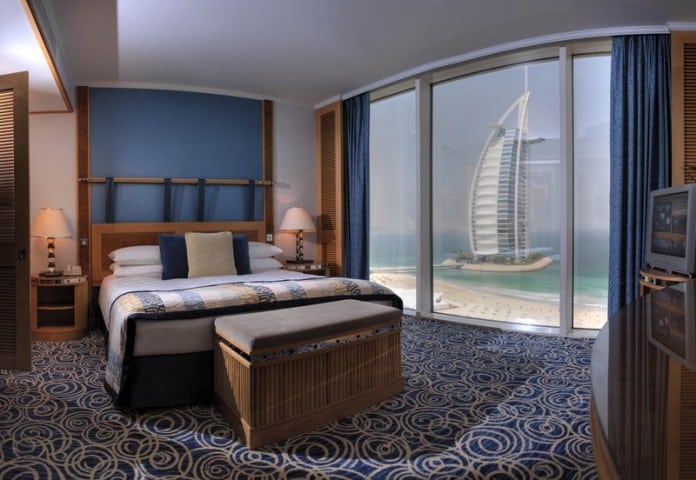
Dubai saw an impressive increase in the number of tourists who came to the emirate during the Eid holidays. Earlier this week, the General Directorate of Residency and Foreign Affairs (GDRFA) announced that Dubai has welcomed more than half a million visitors during this year’s Eid Al Fitr. As a result, hotel occupancy rates spiked to up to 90% during the Eid weekend and UAE airports 10% to 15% busier. However, despite the Eid-boosted tourist activity in Dubai, this July, hotels in the emirate recorded the worst occupancy rates since 1996.
According to GDRFA, Dubai was visited by 597,652 tourists from nearly 200 countries. Less than 30% of them, or nearly 167,000, came from other GCC countries. That is quite surprising given that in 2013, the majority of Eid visitors were from the Gulf region. In 2013, during the Eid weekend, GCC guests were estimated at over 42,000, whereas those from Europe and Asia amounted to just 13,500 and 11,500, respectively.
This influx of travellers has led to an increase in the hotel occupancy rates in Dubai to 90% as early as the first day of the holiday. Similar was the case last year, when occupancy levels reached an average of 89%.
In addition to that, many Dubai residents are reported to have spent Eid Al Fitr in the country. Although tens of thousands left UAE in the first days of the holiday, many others choose to mark the holiday with a staycation in Dubai.
However, despite the Eid holiday tourism spike, this July Dubai hotels registered the lowest occupancy rates in 18 years. According to STR Global, July hotel occupancy levels were the worst since 1996. They decreased to 45.4% compared to an average of over 50% in 2014. The revenue per available room (RevPAR) has also decreased by 7.4% hitting AED 290.23.
The reasons for the decline are more than one. The first one is the combination of decreasing demand (-4.5%) and rapidly increasing supply (8.3%). In addition, this year, the UAE marked Ramadan in July, which is a traditionally low season for local tourism. Last, but not least, July is also one of the hottest month of the year in the country. A geopolitical risk is also on the cards.






















![The Square at Nad Al Sheba Gardens Now Open hope tax season treated you well! Just checking in—ready to refocus on growing your business? I remember how we discussed scaling your [specific aspect of their business, e.g., online presence] but paused due to time constraints. We now offer a streamlined 6-month plan that delivers real results without adding to your workload. Let me know if you'd like to chat—I’d love to help you pick up where we left off!](https://www.dubaichronicle.com/wp-content/uploads/2024/11/The-Square-5-218x150.jpg)









